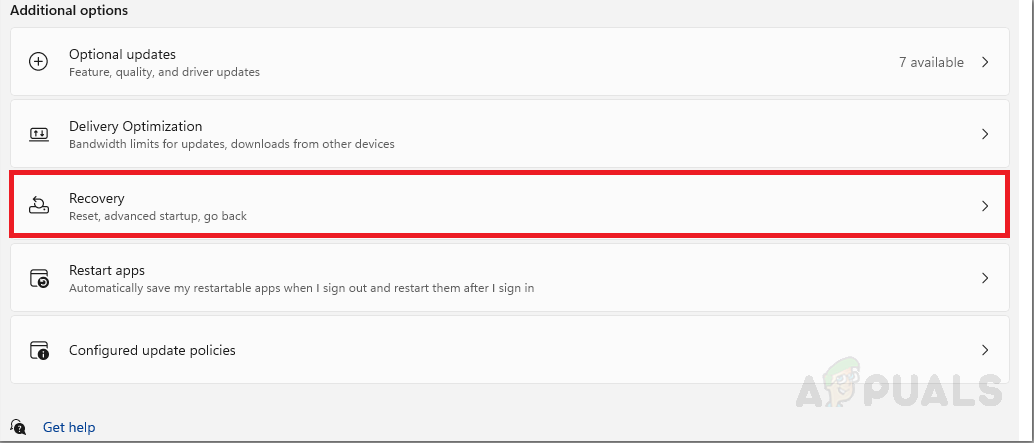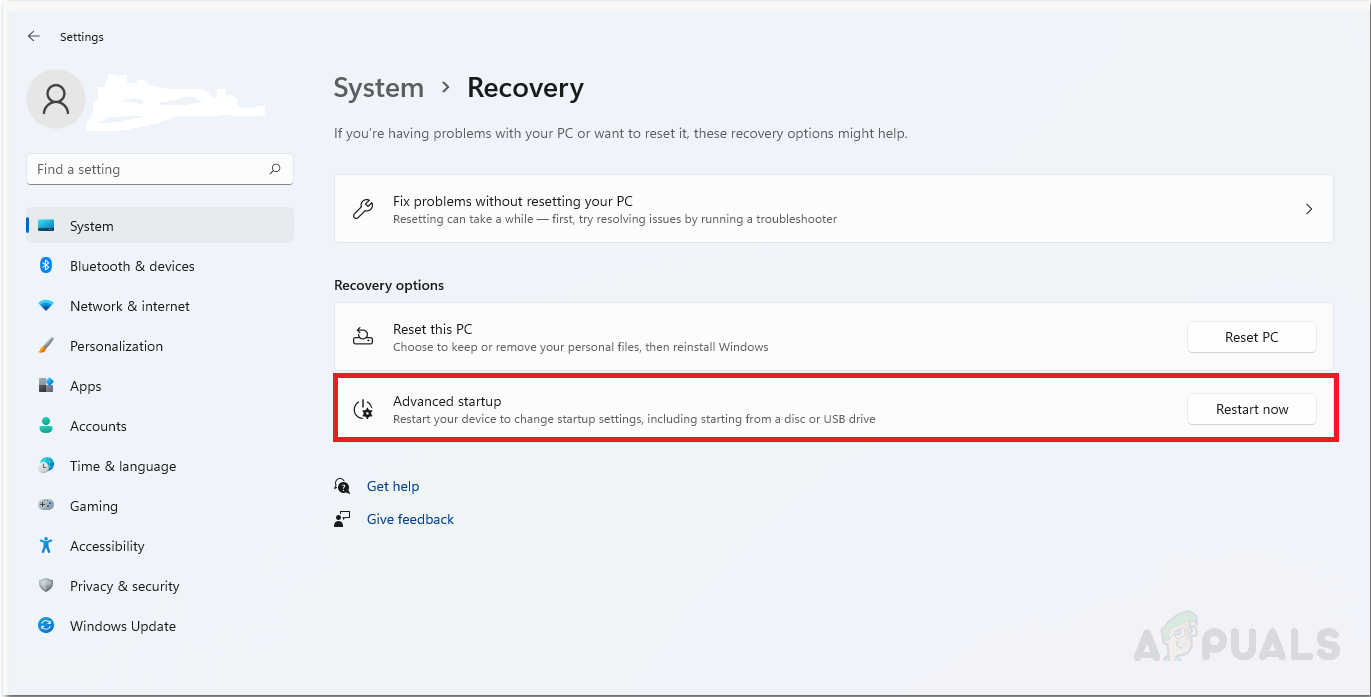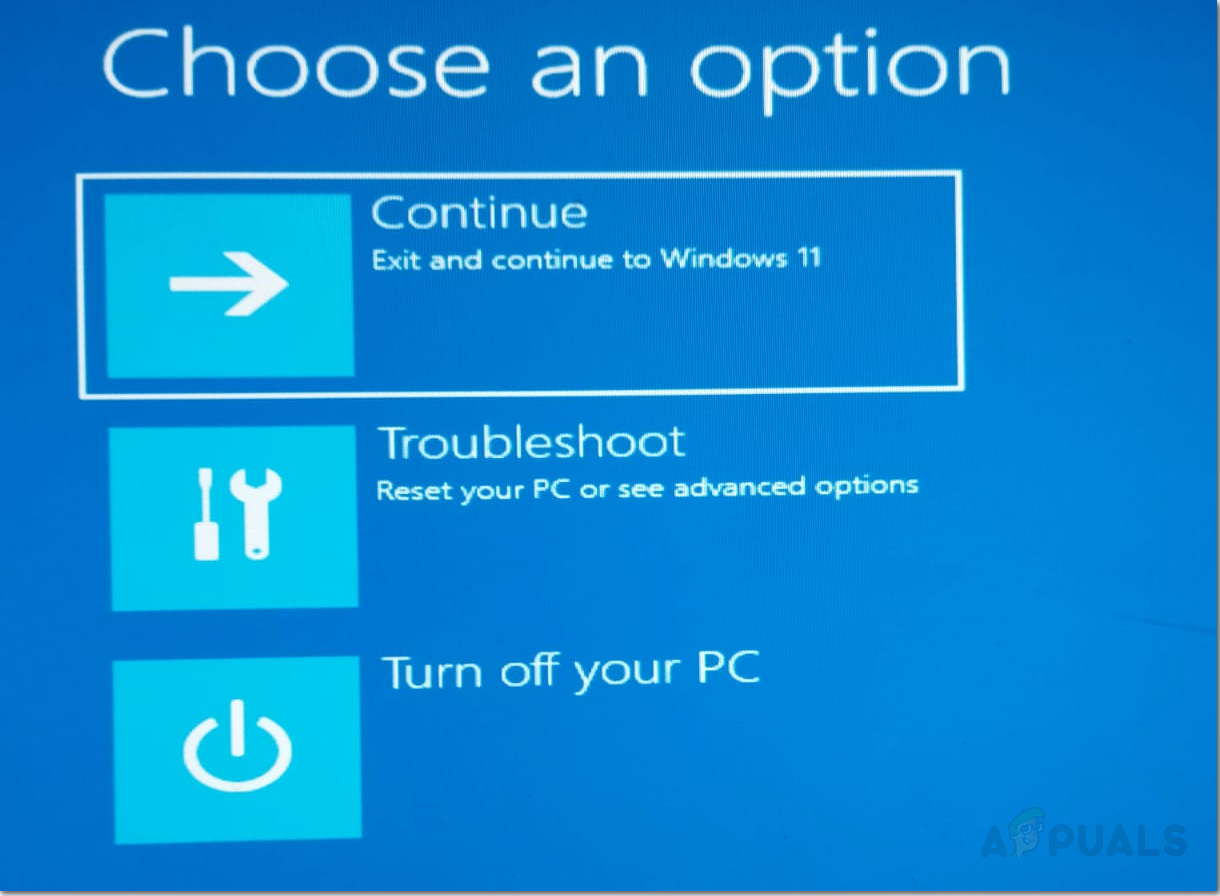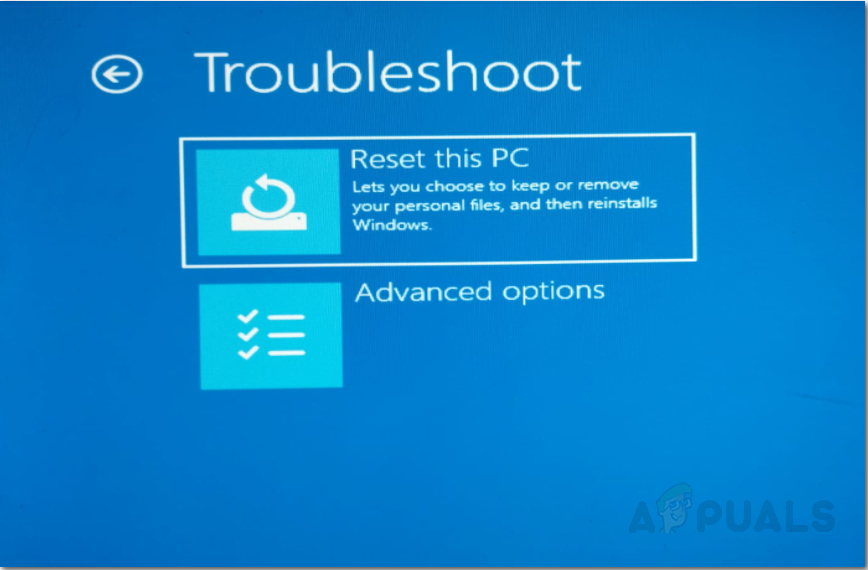How to Fix ‘511 CPU Fan not detected’ Error During Boot
Windows users are reporting a weird issue that leads to their internal CPU fans simply refusing to work. Upon restart, the boot menu shows “511-CPU fan not detected” and “F1: Boot”. A CPU fan is extremely important for effective heat dispersal and consequently the health of your CPU thus it’s important not to use your pc without the internal CPU fan running smoothly.

The “511-CPU fan not detected” error is quite commonly caused by hardware issues with the fan itself however some system settings can also cause errors to be prompted on boot. Here is a list of some potential culprits:
- Physical Damage – Any damage to the fans, its heatsink, or the motherboard could prompt this error.
- Dirty and Dusty Fans – One of the most common causes for any Fan related error is due to dust-filled fans. Many users experiencing the “511-CPU fan not detected” error have reported that their issue was resolved after performing an overdue cleaning of their internal CPU fans.
- Weak or Un-secure connection of Internal CPU Fans – If the cables of the fans aren’t connected securely it can cause a plethora of issues including the “511-CPU fan not detected” error.
- BIOS Settings – Modern-day computers BIOS settings control fan speed meaning that custom settings could be a possible cause for the error. In this case, we can reset our BIOS settings to default to see if that fixes the error.
Now that we know the potential causes for the “511-CPU fan not detected” error we can go over the methods to fix the problem.
Check for Physical Damages
A very obvious one to start with, unplug your pc, open the case and check for any signs of physical damage to your fans, fan rotors, heatsink, or motherboard as any damage to them can be the cause of this error. Since you are going to be interacting with your pc hardware ensure that you are properly grounded to prevent damaging your parts.
In case any parts are damaged, you will need to repair them to fix the ‘511-CPU not detected’ error.
Clean the Internal CPU Fans and Heatsink
It is recommended to clean your PC regularly as the build-up of dust is very problematic for PC components and it can drastically tank performance and reduce their shelf life. A large build-up of dust around the fan’s motors and heatsink will decrease or jam fans while also stopping effective dissipation of heat.
- Using a can of compressed air or a blower thoroughly rid your components of dust especially around the fan’s rotors and heat sink. Note: While cleaning the fans make sure that the fans aren’t spinning as that could damage your parts.
- Afterward, Plugin and boot yours without closing the side panel.
- Observe the CPU fan and see if it is moving or not.
In case you’re still dealing with the same error move on to the next fix.
Secure CPU fan connections
If any of the CPU fan cables are loose or connected to the wrong socket your computer won’t recognize that the fan is plugged in and will prompt the “511-CPU fan not detected” error.
- Turn off your device and unplug everything.
- Disconnect and then reconnect the cables ensuring they are secure.
- Restart your device and monitor the fan to check if the error persists.
If the error persists then move on to the next Fix.
Reset Bios settings to default
Your BIOS settings perform a test on computer hardware including your fans on startup, custom settings can lead to your internal CPU fan failing the test thus changing the BIOS settings back to default may solve the ‘511-CPU fan not detected’ error.
The most simple and safest way to change your BIOS settings to default is internally through your PC’s boot menu. There are two ways to access your computer’s bios settings the easiest and most UI-friendly one being through your desktop.
Access BIOS settings from Desktop
- Search and navigate to your settings app.

Navigate to the settings app - From the settings, app click Updates and Security on the left sidebar and then navigate to Advanced Options.

Navigate to advanced setup from the windows settings app - Under the “Additional Options” tab navigate to Recovery.

Navigate to Recovery Settings - In advanced startup click on Restart now.

Restart your pc through advanced startup - Upon restart, your PC will boot into a blue screen with a bunch of options. Click on ‘Troubleshoot’.

Select Troubleshoot from the new boot menu - In Advanced Options navigate to UEFI firmware settings and click restart.

- Click on Reset this PC and access UEFI firmware settings
- Your PC should now boot into bios settings, since your BIOS screen may differ you will have to find the “Reset to default” option yourself. After choosing that option and rebooting check to see if the 511-CPU fan not detected error persists.
Access BIOS settings from Startup Screen
This method doesn’t require the use of windows and allows for BIOS access during boot. Depending on the manufacturer you may need to press a different key during startup to access the BIOS settings however it is most commonly F2 or F12.
Find the “reset to default” option in bios settings and reboot your device and check to see if it fixed the issue.
Finally, if none of the methods above have worked out for you, then you should contact support for your respective OEM and hope that they can help you. Alternatively, you can order and install a replacement fan for the time being.





